Salta City, Uyuni Desert and Salinas Grandes - Argentina
Hello dear travelers! In my previous post, I talked about Buenos Aires, El Calafate city with its stunning views like the Perito Moreno Glacier. Continuing our journey, we set our course to the hospitable province of Salta in Argentina. This place is not only the birthplace of many famous musicians but also a significant hub of folkloric culture.

Our exploration began by wandering around the main square, followed by a visit to the local market where we enjoyed traditional Salta music. Founded in 1582 by Hernando de Lerma, Salta is a colonial city with rich history and charm.
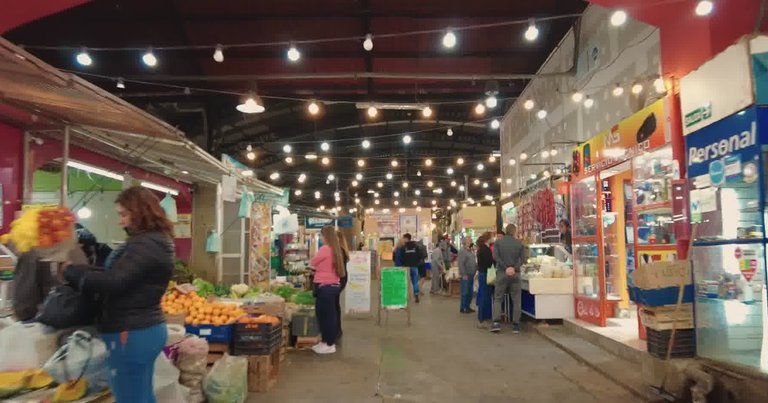
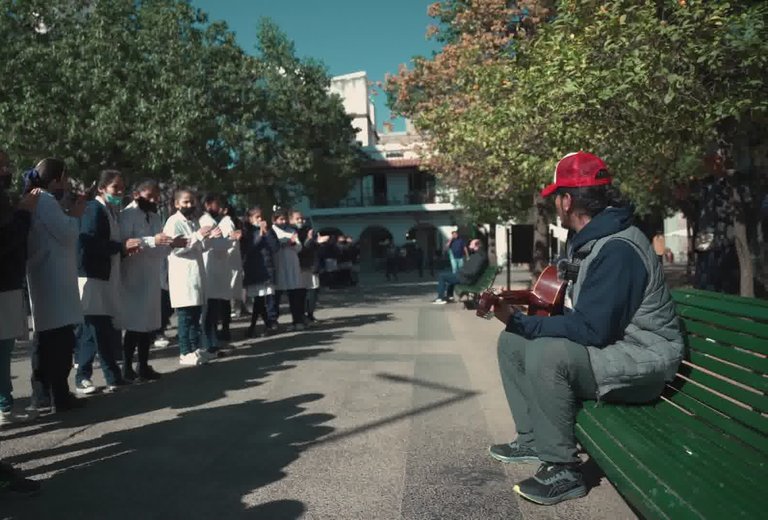
One of the highlights was an intriguing monument we stumbled upon. Depicting a woman representing Argentina, with seven figures on the sides symbolizing the provinces of Río de la Plata.
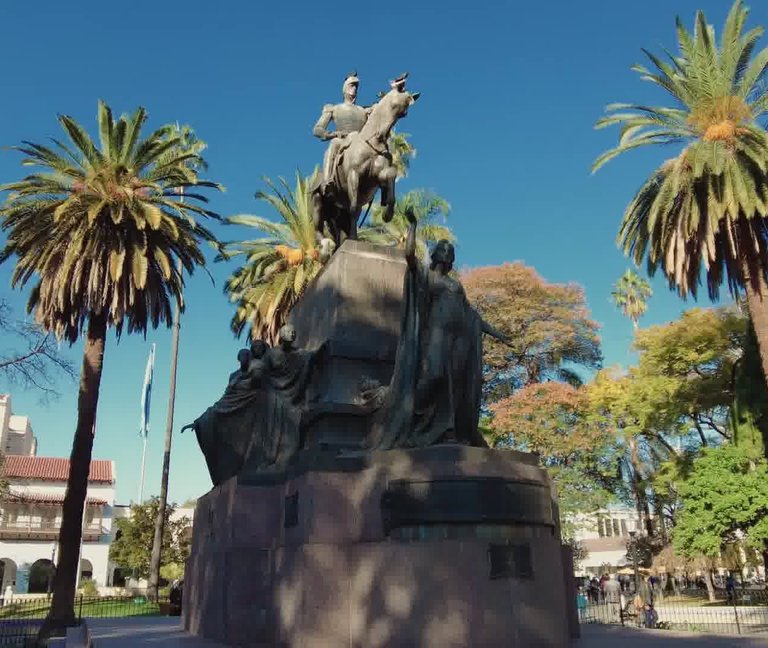
Next on our itinerary was the cathedral. Once sold to a private individual, ground floors were turned into shops and upper levels were inhabited. Later in 1900, the government purchased and converted it into a museum. This cathedral dates back to 1855, replacing the original one destroyed by an earthquake. Every September, for nearly three centuries, a pilgrimage dedicated to Virgin Mary takes place here. The festivities begin in August, culminating in the main event - the pilgrimage on September 15th. Many school students flock here to join the celebrations, making it a grand festival akin to a large fair prepared throughout the year.
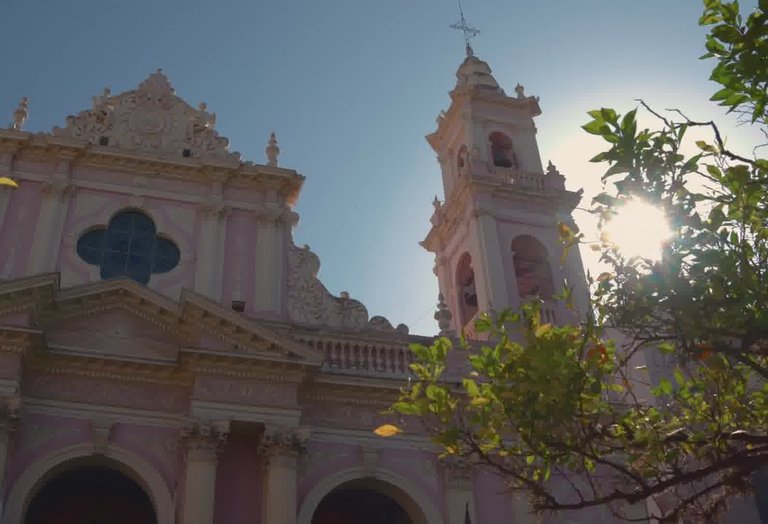
Salta is a city deeply rooted in Catholic traditions. Icons of Virgin Mary and Jesus symbolize the miracle of stopping the 1692 earthquake.
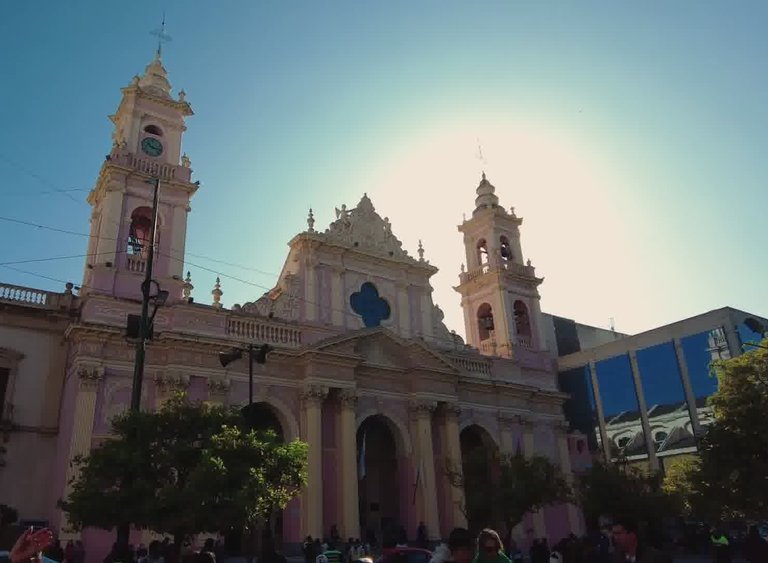
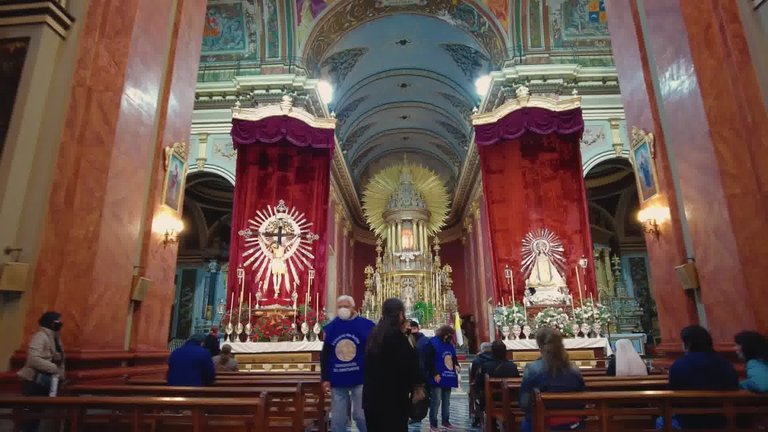


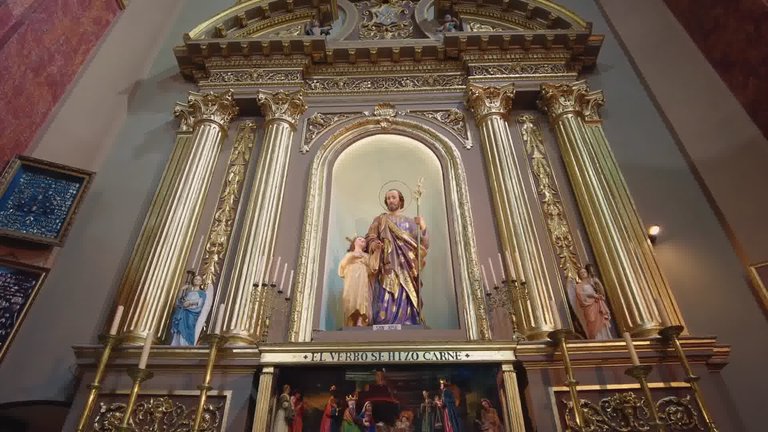
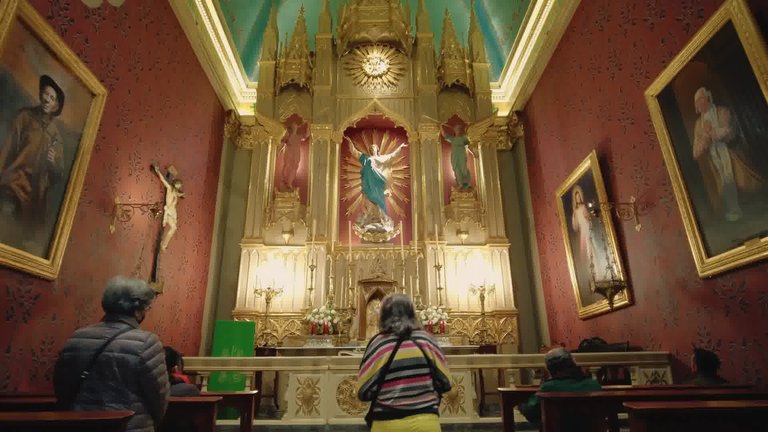
Our guide enlightened us about the significance of folk music in this region and led us to a very important monument - that of Atahualpa Yupanqui, one of Argentina and the world's most eminent musicians. Many Chacarera and Carnavalito sambas we heard in Salta were composed by him.
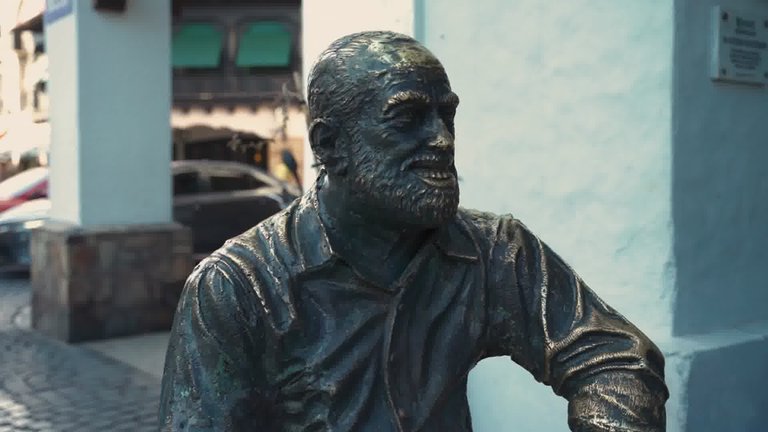

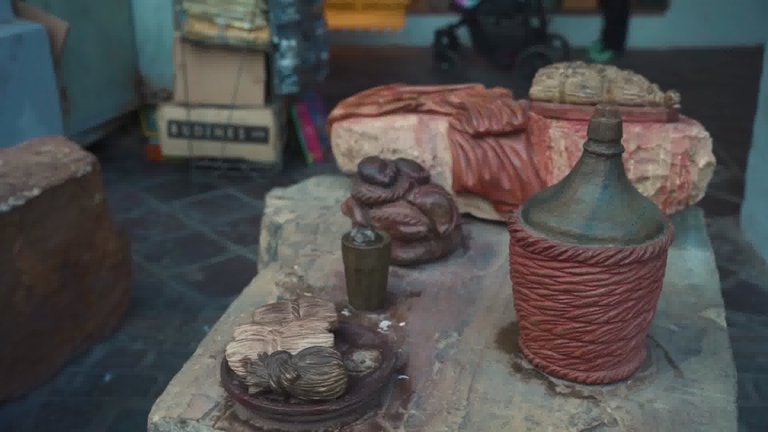
We wondered why he was nicknamed Kuchi. Kuchi means pig or piglet in Quechua and he indeed laughed like a pig, hence the nickname. While alive, Kuchi Yupanqui and fellow artists gathered to share their music and other art forms. Although his sambas didn't initially attract much attention, over time many musicologists delved deeper into his music, realizing its profoundness ahead of its time. Hence, this monument stands in his honor, featuring empanadas, corn pudding, tamalé, wine and even a cup filled with ice, haha.
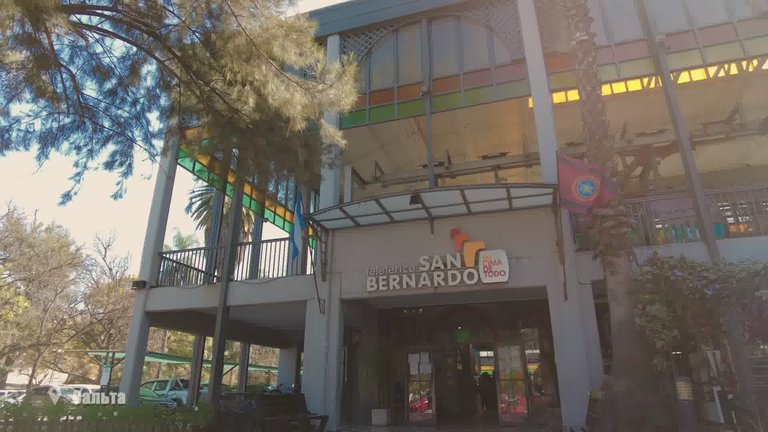
Our guide also showed us the San Bernardo cable car. It's one of the most interesting ways to explore Salta city. Starting from San Martin Park and reaching the summit of San Bernardo Mountain, it offers the best views of the city, encompassing the entire urban landscape and the Andes Mountain Valley. Many of these peaks rise to heights of 5,000 - 6,000 meters above sea level.
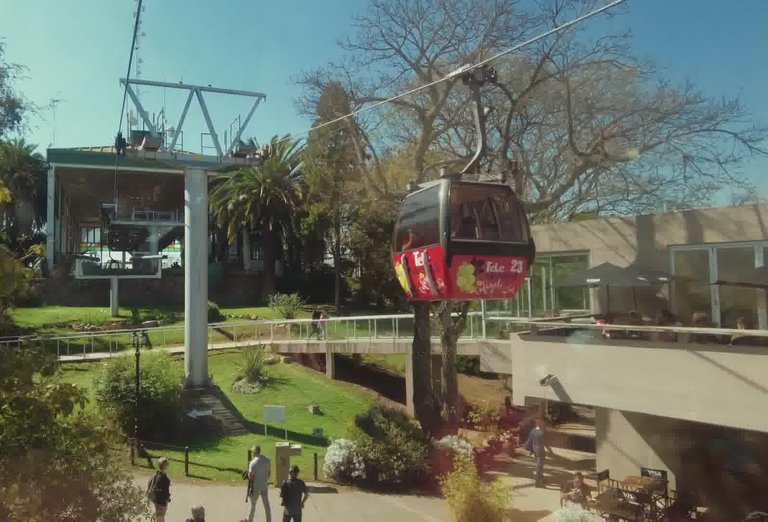
While initially considering hiking or biking up the mountain, we ultimately remembered we were on vacation and opted for the cable car instead.
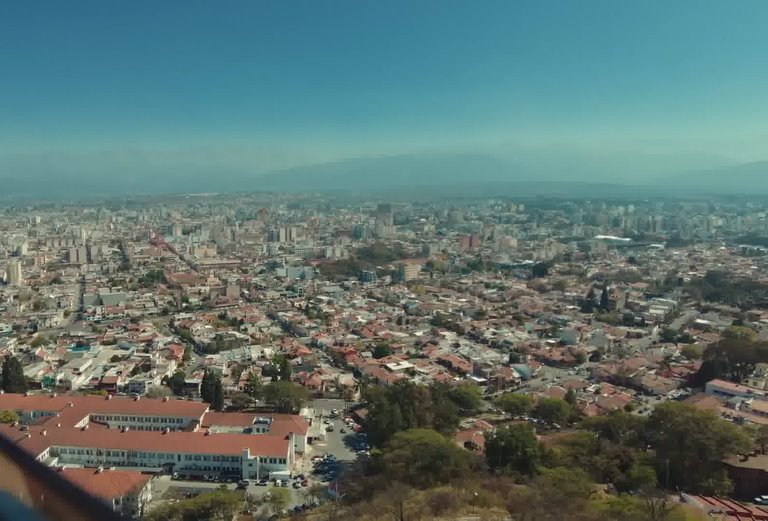
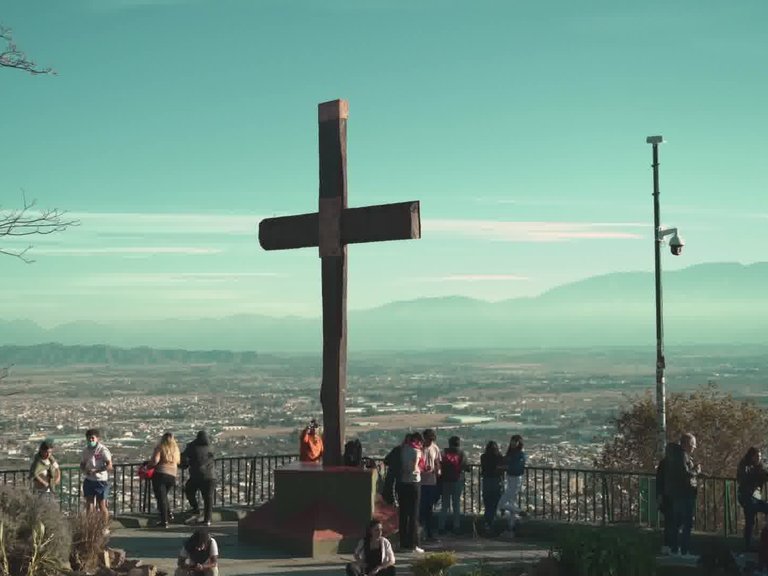
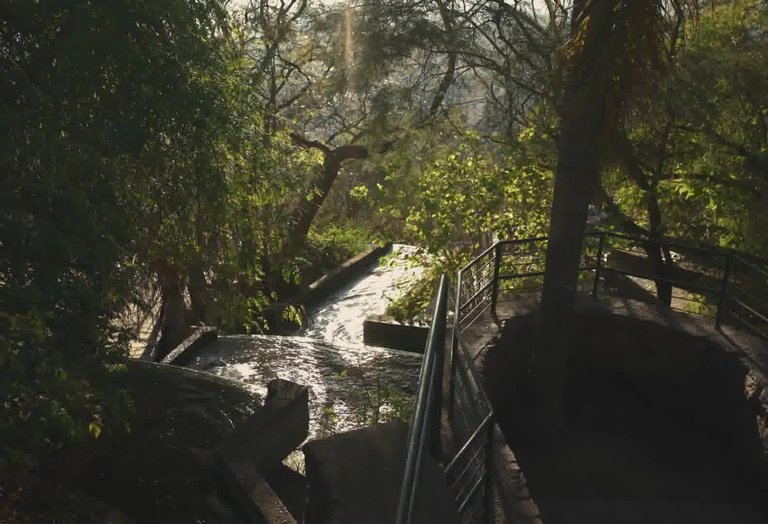
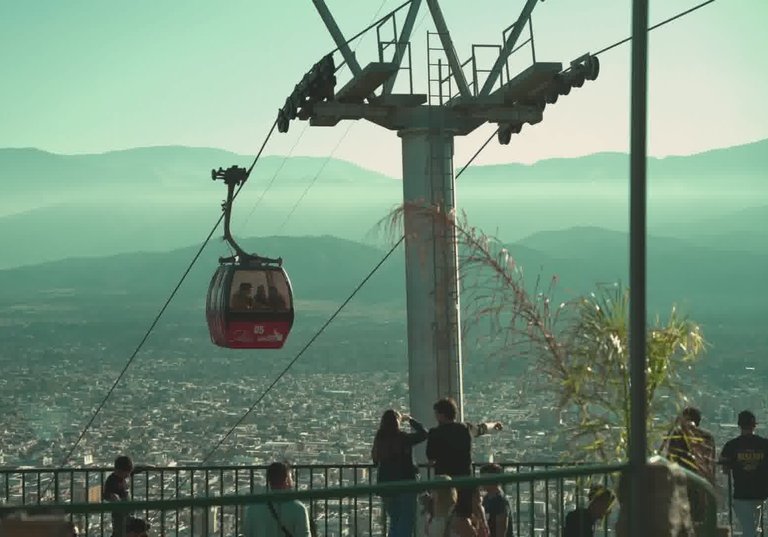
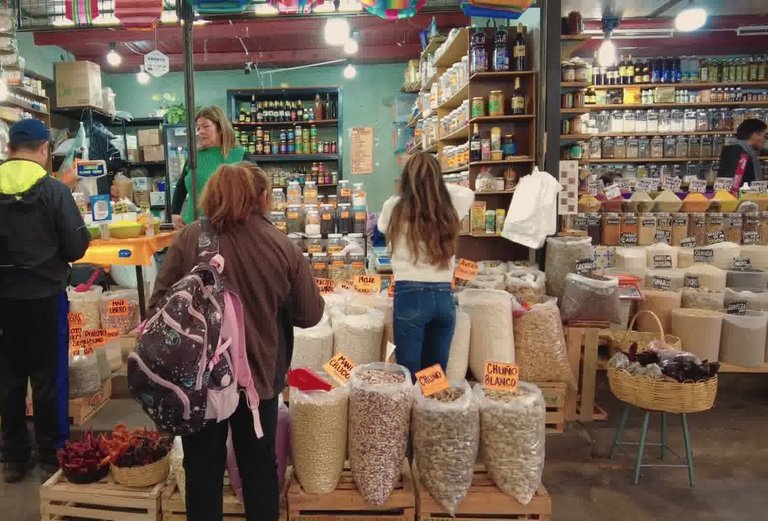
Later, we visited San Miguel Market, which is the oldest trading point in the city. Here, you can try typical local dishes and buy handicrafts. Like many other markets in Latin America, this market offers a wide range of products. You can find fruits, vegetables, meat, coca leaves, traditional medicines, spices, wines and local sweets at its stalls.

Let's talk about coca. The Incas believed that coca was a gift from the gods because it is a medicinal plant. Its leaves contain protein, minerals and water. The Spaniards couldn't understand how the Incas could work for so long without food and water. But the secret lay in placing coca leaves in their cheeks and slowly absorbing their moisture. Coca is very beneficial in fighting hunger, insomnia and altitude sickness. It is not a drug, it is completely harmless, non-addictive and a very ancient tradition.
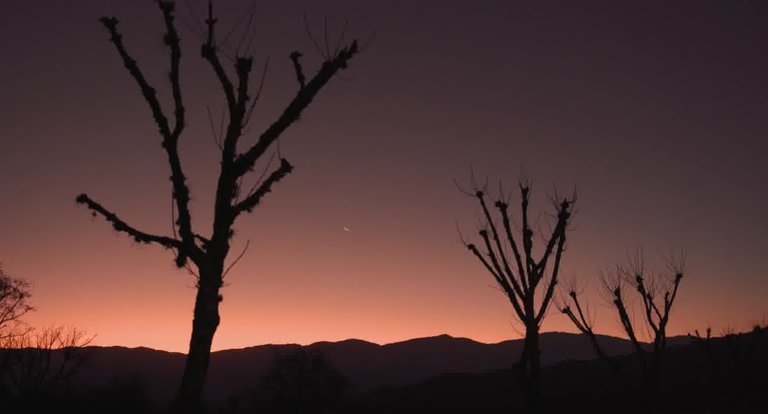
In the evening, we went to the famous Peña Musical to enjoy local music, where families gather, eat, dance and enjoy live music.
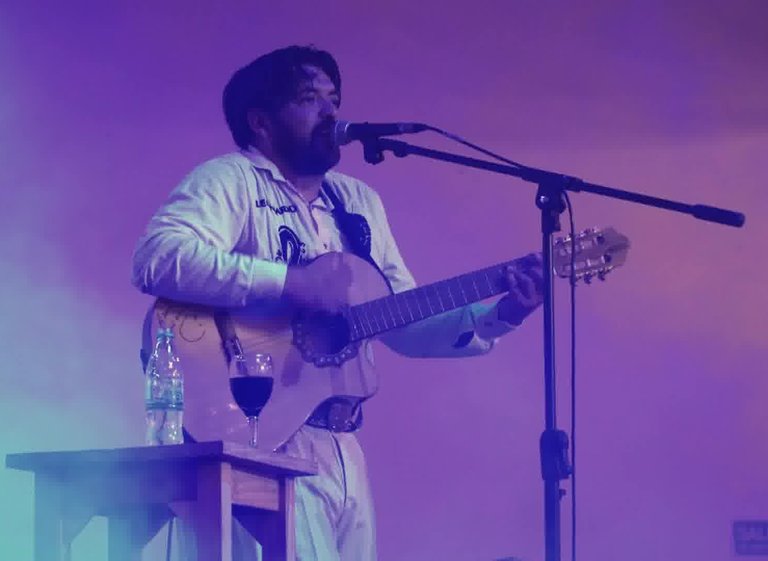
After leaving beautiful Salta, we went to San Salvador. This city has an incredible history of 415 years because it has been founded three times during this period and has played a very important role in gaining independence for the country.
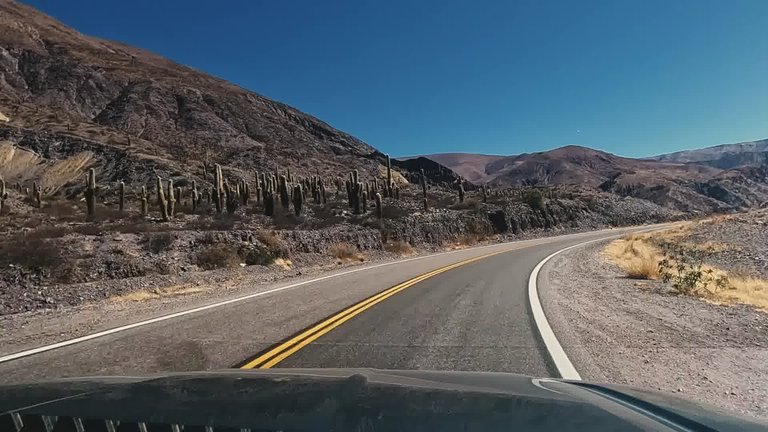
Later, we set off to explore the Uyuni Desert. This valley is located in the northwestern province of Jujuy in Argentina, about 1500 kilometers from Buenos Aires. It is a 155-kilometer-long valley surrounded by the high ridges of the Andes Mountains at an altitude of over 2000 meters and the Rio Grande river flows from here. I must say that this beautiful valley was the first thing we saw at Buenos Aires Airport and I must confess that it was love at first sight.
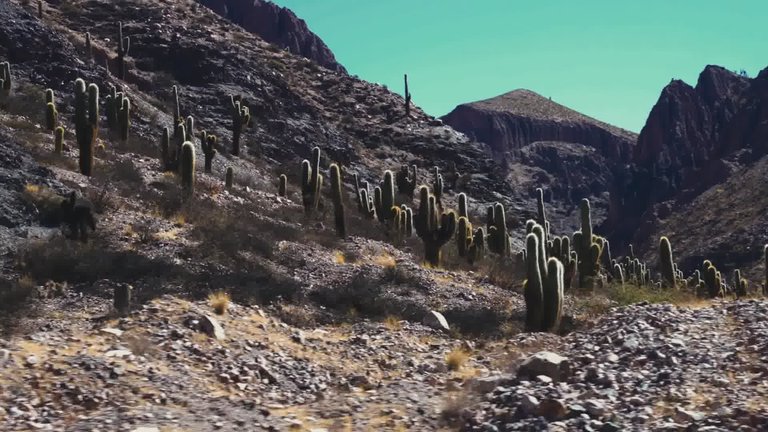
When I first looked at this region, I was truly enchanted and of course, seeing it with my own eyes made me incredibly happy.
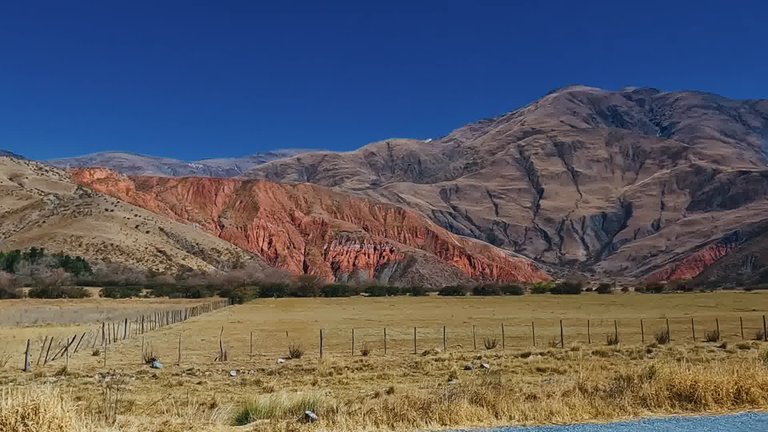
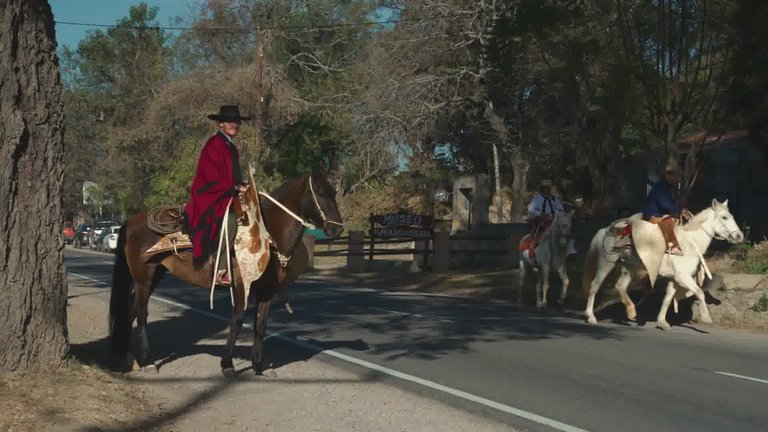
We encountered many gauchos on the way. Gaucho is a term used for professional riders who engage in agricultural activities in Argentina, Uruguay and southern Brazil. They were probably the first gauchos, people who cut ties with the past and sought solitude on the slopes of the Andes to herd cattle and sheep. They developed incredible riding skills there and also learned to use boleros, which are ropes tied with three stones like horseshoes, to wrap the feet of cattle. Gauchos also learned to use knives, lassos and one of the world's best recipes for cooking salted meat. Today, while gauchos sometimes transform their traditional tasks into modern ones, such as turning their horses into tractors and their lassos into phones, they still exhibit their legendary courage, pride and loyalty. In the villages of this valley, you will find an incredible harmony where history and traditions meet modernity. This is truly a unique experience because the indigenous peoples of this region have preserved their beliefs, customs, festivals, arts, music and agricultural technologies, especially until today.

Kebbrada de Umuaca is a perfect combination of impressive landscapes and archaeological riches. The residents of Kebbrada are usually of the Koya ethnic group. Over the years, this valley has been the cradle of various cultures and peoples, including the Omaguakiler, who take their name from here.
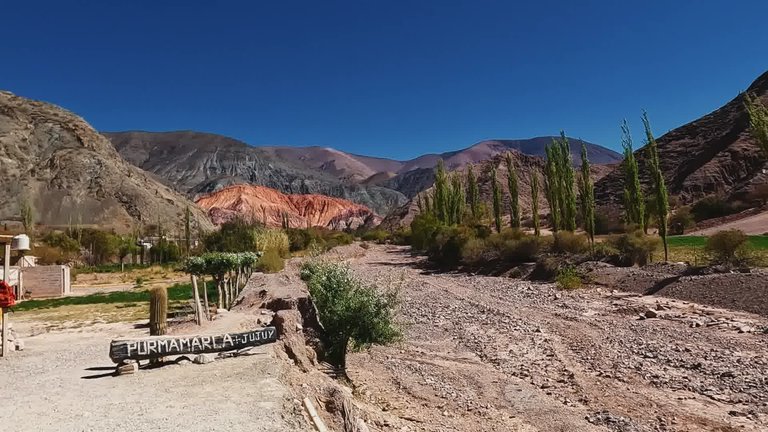
Later, we went to another very interesting place called Purmamarca. This magnificent little town attracts visitors with its beautiful scenery and very hospitable local people who show you the world from a different perspective. Purmamarka is located at the foot of the stunningly colorful mountain called Serro de los Siete Colores, which attracts tourists from all over the world every year.
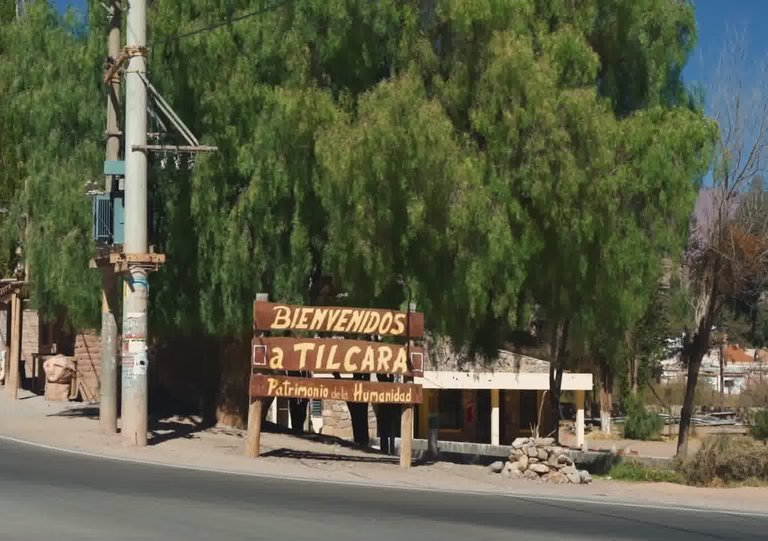
Another interesting town we visited was Humawaka, located 3000 meters above sea level and with a population of 6,500. We really liked this town; its main square, the local people selling their weavings, craftsmen from other regions of Argentina and the white church. The La Candelaria Church, built in 1641, contains the official image of the city's patron saint and oil paintings by Marcos Sapaka, a painter from the Cusco School. Across from the church, there is a clock tower building that blesses all people by emerging with a life-size figure at noon every day
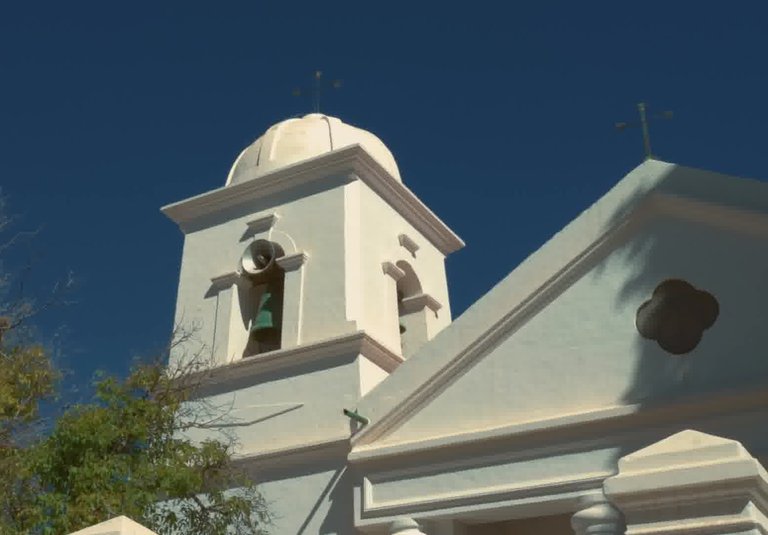
At noon, Saint San Francisco Solano appears and makes three slow gestures. When he raises his hand with the cross, he blesses those present, when he raises his hand without the cross, he opens the way to heaven and when he raises his head, he greets those present. This happens every day at noon.

To add more interesting stops to our route, we passed through Tilcara, another colorful town known for its archaeological remains. Due to its good location, it is said that people settled in this area 10,000 years ago. Tilcara is an ideal place to watch the slow pace of local life, enjoy natural scenery and enjoy the intense blue sky seen nowhere else. Just 2 km from Tilcara, there are, of course, Inca ruins that we wanted to see.
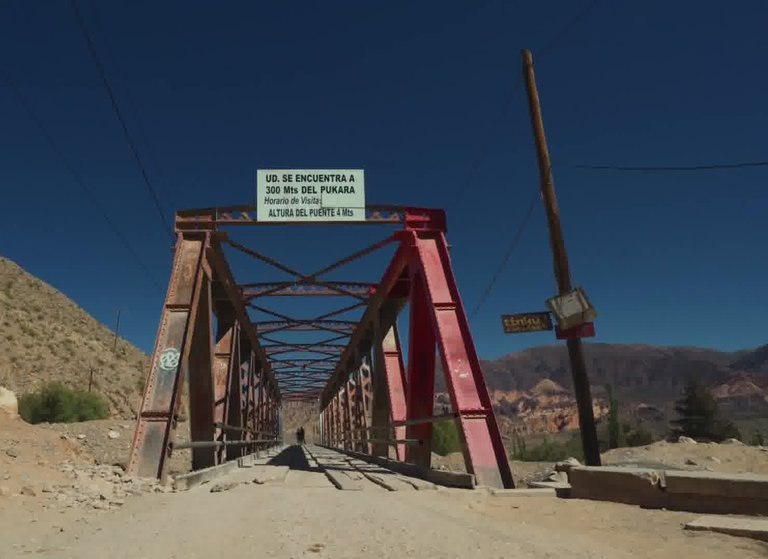
Finally, we were able to cross this dangerous bridge and reach the most famous archaeological site in the region, Pukara de Tilcara. These structures, discovered in 1908 by Juan Bautista Ambrosetti and his student Salvador de Benedetti, were settlements where people lived between the 11th and 16th centuries. They were located at strategic points for controlling defense and the transportation of goods. The Pukaras were linked to the main centers of the peoples that filled the Humawaka valley at that time: the Omaguakilers, Tilkarls and Tilians. We were impressed by the dry vegetation of this region and the giant cacti that can reach up to 10 meters in height. They almost look prehistoric and they told us they could be about 300 years old, isn't that impressive?
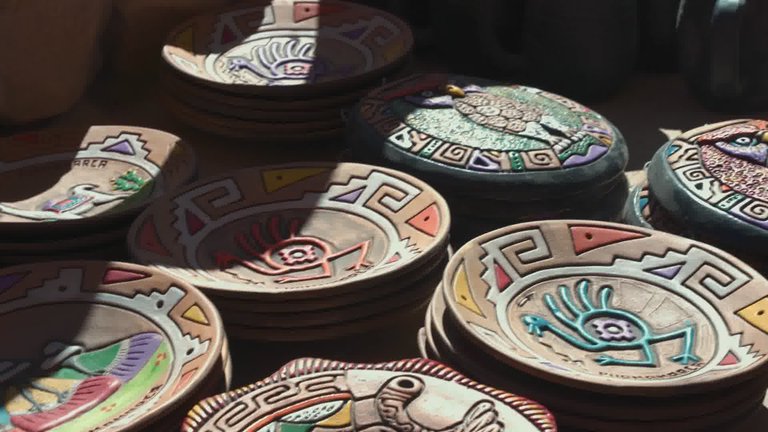
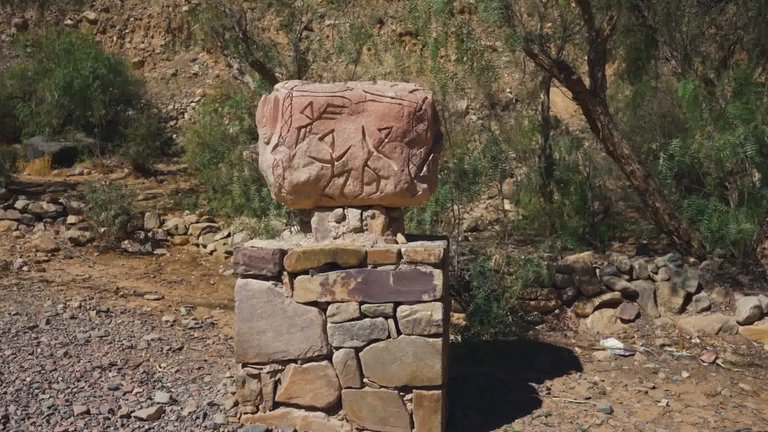

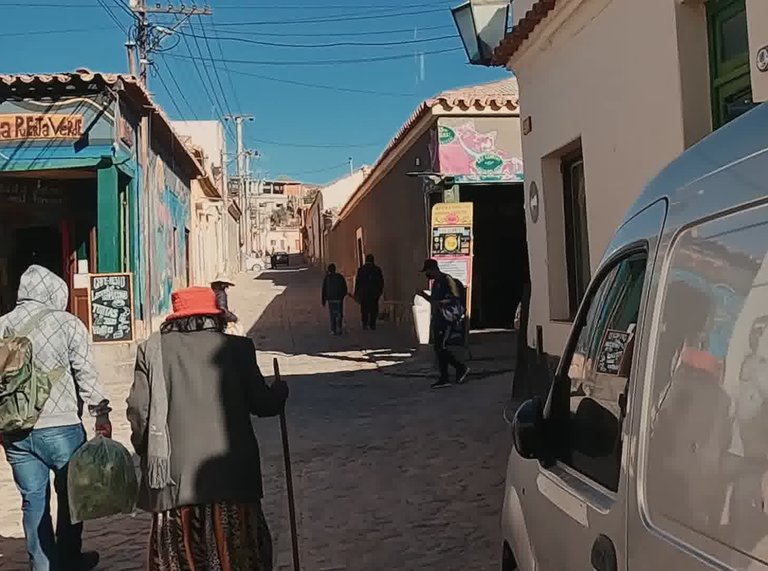
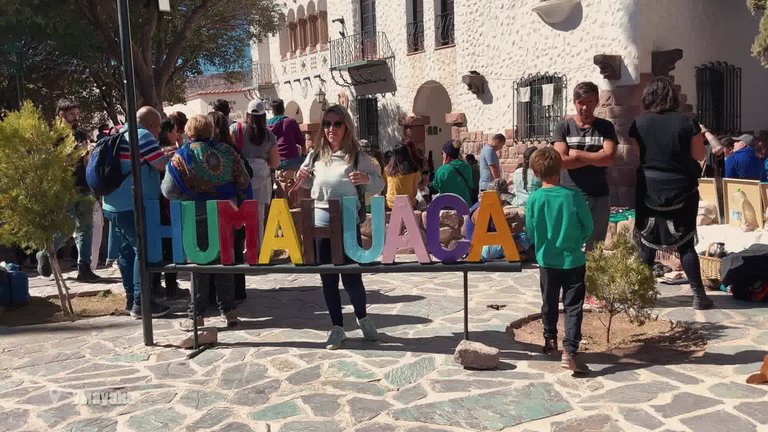
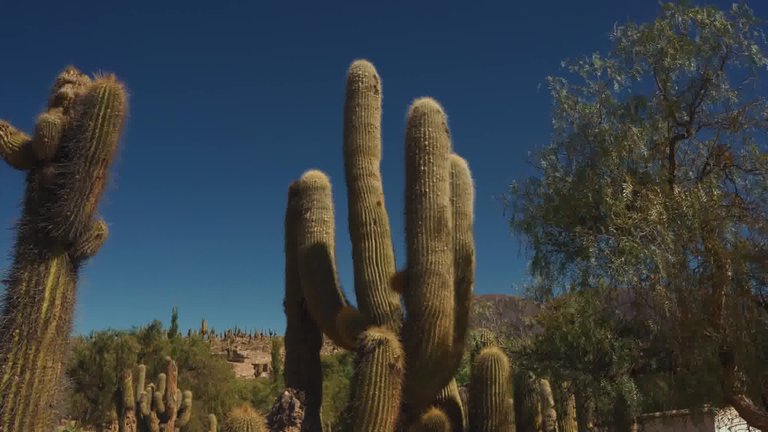
We headed towards Salinas Grandes. The winding road took us on a journey with breathtaking views along the Lipan slope. Finally, we reached Salinas Grandes, located at an altitude of 3,450 meters above sea level. Salinas Grandes, the third largest salt flat in South America, covers parts of the provinces of Jujuy and Salta and its appearance covers a wide area resembling a white desert. It is a very impressive landscape that often encourages people to take interesting photographs. Salinas Grandes salt flat is located at an altitude of 3,420 meters above sea level. The salt flat covers an area of 212 square kilometers.
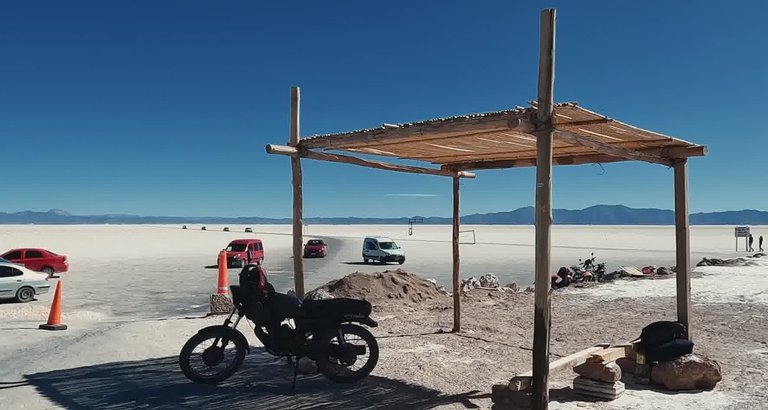
These salt flats formed about 5-10 million years ago during the collision of tectonic plates and the formation of the Andes Mountains. The explosion of two volcanoes led to the accumulation of minerals and salt on the lake bottom and the lake, surrounded by mountains, ceased to flow into the sea. As a result, a lagoon formed and the gradual evaporation of water and minerals from the lake formed the salt flat. In 2018, National Geographic magazine designated Salinas Grandes as one of the 17 wildest and most beautiful places in the world. The hexagonal patterns we see on the surface are formed as a result of the compression of salt and the formation of cracks on the surface as the water evaporates.
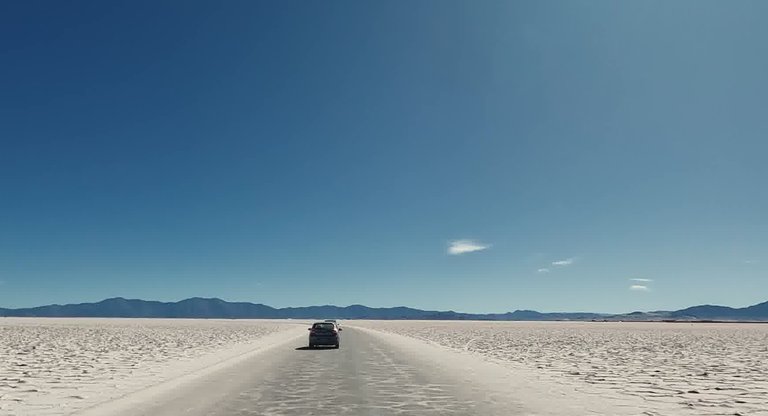
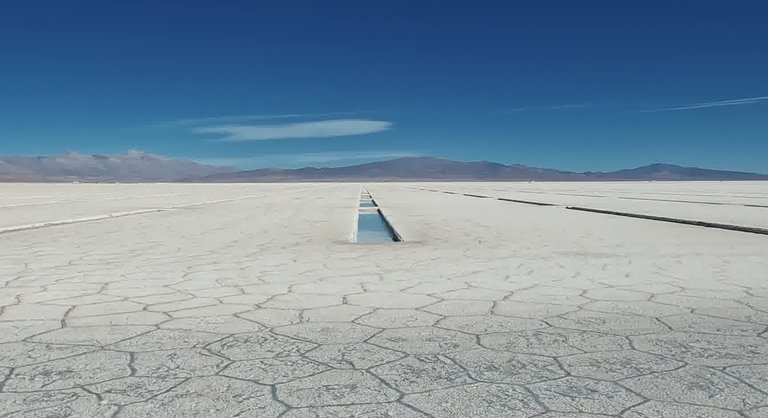
After satisfying our curiosity in northwestern Argentina, we continued our journey and headed into the forest where the borders of Argentina, Brazil and Paraguay meet. Here, we met the Iguazu National Park and its incredible waterfalls, one of the seven natural wonders of the world. There are several routes you can take to appreciate this wonder, but it is worth noting that 80% of it belongs to Argentina. We started on the Brazilian side because we wanted to meet Brazilians and maybe learn some Portuguese. Iguazu comes from the Guarani tribe's language and means river and park. I means water and Guasu means big, so it means Big Waters. The Iguazu Falls consist of 275 waterfalls, making it the largest waterfall system in the world. We were very impressed by what we saw, so we decided to take a helicopter ride to see these landscapes from a higher perspective. And finally, we decided to take a boat tour to get as close to nature as possible, which took us directly to the side of the waterfall, where we were lucky enough to see a wonderful rainbow.
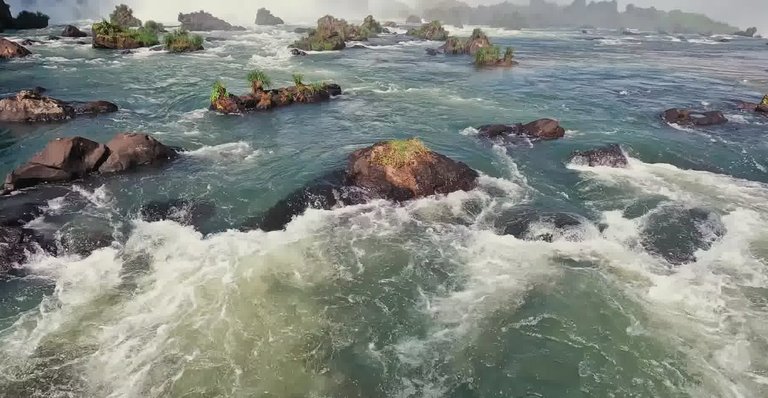

We spent the rest of the night at a wonderful hotel on the Argentine side, which was only 100 meters away from the waterfalls. The next morning, when we returned to our room after breakfast, we found that our refrigerator was open and some products were missing, which initially surprised us until we saw the thief ourselves. The thieves were a very cute family of monkeys eating leftovers on our balcony. We decided to feed them bananas and they were very pleased.

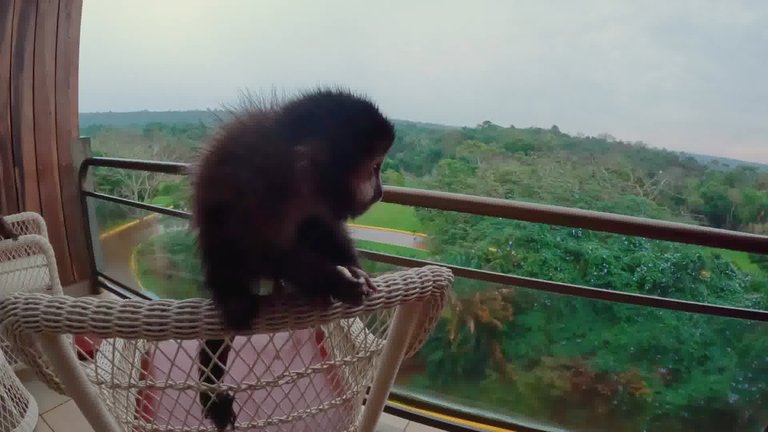
After spending time with the cute monkeys, we set off towards The Devil's Throat - the place where the two sides of the largest waterfall meet. We went there by an ecological train, which used electric car technology for the locomotive. Then we wandered on a very beautiful steel pedestrian bridge. The previous wooden bridge was damaged during a flood in 1992. According to our guide, the new bridge is one of the most visited places at the waterfalls.

Tango show El Kerandi and restaurant La Estancia. Before leaving the area, it is a must to visit these two places. I can tell you that El Kerandi is the best tango show because it is the most traditional. Here you won't see too many lights or special effects; everything is authentic as it was in the old days. El kerandi is a small restaurant in the San Telmo area where you can enjoy the famous Argentine tango performed by world champions, accompanied by a live orchestra and singers. We also had the chance to watch the dance of a couple of tango dancers. Also, the show told the evolution of tango from its beginnings with prostitution to the present day. With the impact of this show, I even decided to buy myself a pair of shoes and start learning tango.
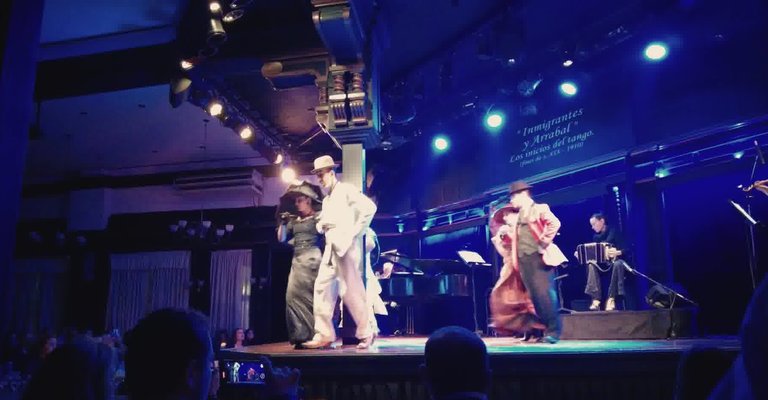
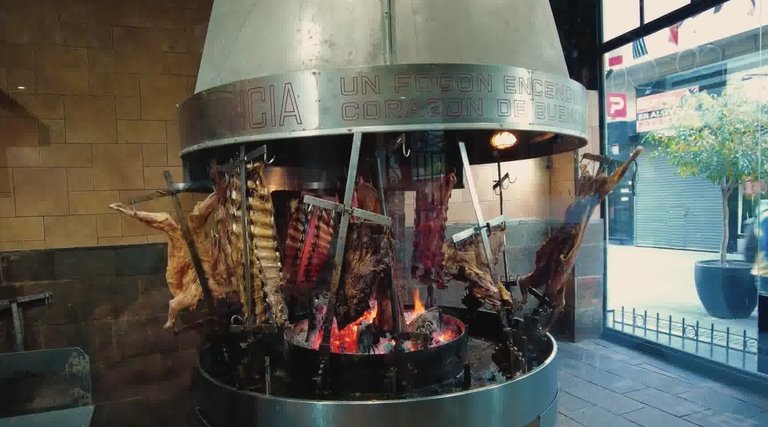

After satisfying our artistic hunger, we went to satisfy our real hunger at the La Estancia restaurant. The menu of this place is very diverse and includes typical dishes from different regions of Argentina. We tried the best Argentine steak grilled, which was served with special Argentine wines.
And here we completed our journey in Argentina.
Congratulations, your post has been added to Pinmapple! 🎉🥳🍍
Did you know you have your own profile map?
And every post has their own map too!
Want to have your post on the map too?
Hiya, @ybanezkim26 here, just swinging by to let you know that this post made it into our Top 3 in Travel Digest #2171.
Your post has been manually curated by the @pinmapple team. If you like what we're doing, please drop by to check out all the rest of today's great posts and consider supporting other authors like yourself and us so we can keep the project going!
Become part of our travel community:
I appreciate your support. Thank you
Congratulations @lett! You received the biggest smile and some love from TravelFeed! Keep up the amazing blog. 😍 Your post was also chosen as top pick of the day and is now featured on the TravelFeed front page.
Thanks for using TravelFeed!
@for91days (TravelFeed team)
PS: Did you know that we recently launched the truvvl app? With truvvl, you can create travel stories on the go from your phone and swipe through nearby stories from other TravelFeed users. It is available on the Apple App Store and Google Play.
Your support means a lot to me. Thank you
So many interesting places that it's hard to comment on just about one! From the interesting outfits of those riding horses to the stunning part of nature, from beautiful views over the city which make you feel like having the world on your feet, to interesting food traditions! Such an all-inclusive experience!!!
Thank you for visiting my blog and for your comment
Pleasure all mine 🥰
I'm definitely adding Argentina to my travel list. Didn't know they had such rich stories
That's wonderful to hear. Argentina is indeed a fascinating destination
Congratulations @lett! You have completed the following achievement on the Hive blockchain And have been rewarded with New badge(s)
Your next target is to reach 9000 upvotes.
You can view your badges on your board and compare yourself to others in the Ranking
If you no longer want to receive notifications, reply to this comment with the word
STOPCheck out our last posts:
Que altar tan magnifico. Me recuerda al de la Virgen de la Caridad del Cobre en Santiago de Cuba
Thank you so much
🤗